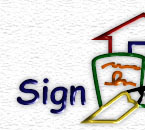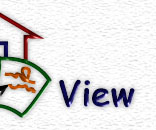







| Art Activities | Craft Recipes | Holiday Activities | Math and Science Activities | Nutrition and Recipes | Rhymes and Fingerplays | Social Studies and Motor Activities | Self-Concept Activities |
| Awards this page has won!!! | Expectations of 3, 4, and 5 year olds | Gardner's Theory of Multiple Intelligences | Other links of interest | Teacher Poems | Teacher Tips | Alphabet and Number Activities |